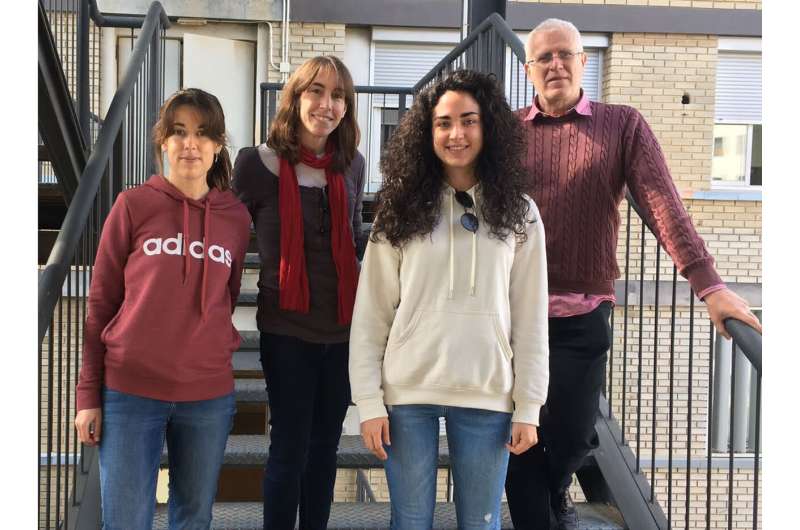Credit: CC0 Public Domain
A research team from the University Institute of Biotechnology and Biomedicine (BIOTECMED) of the University of Valencia has carried out a study comparing two key repressors of the cell cycle (Whi5 and Whi7), to know the characteristics that differentiate them and their functioning under normal conditions and in response to stress.
Whi7 and Whi5 are transcriptional repressors, proteins involved in impeding the transcription of DNA into RNA, a necessary step to subsequently convert RNA into a functional protein. In the case of these repressors, they control the expression of proteins involved in cell proliferation.
"We try to characterize how the cell cycle machinery puts a brake on the beginning of cell division when conditions are not suitable, especially if a stressful situation occurs. We want to study the particularities of each repressor and see how they collaborate with each other to control proliferation," the research team highlighted.
"We studied it in the simplest eukaryotic system: the budding yeast Saccharomyces cerevisiae, but with the goal of applying the conclusions to more complex systems, since the control of the cell cycle is a highly preserved process throughout evolution. and its analysis is essential to understand and combat diseases such as cancer, in which cell proliferation loses the correct functioning of its control and brake mechanisms," adds the BIOTECMED group.
Credit: Asociación RUVID
Cells, when subjected to different stress conditions, integrate information at the beginning of the cell cycle to overcome this adversity. Through this study, an exhaustive comparison of the two factors was performed, concluding that the proteins studied belong to the same family of transcriptional repressors. However, their regulation and function is different. In addition, it has been observed that Whi7, and not Whi5 as previously thought, is the main inhibitor of the initiation of the stress response cycle, and has a preference for binding to the genes in charge of this response, such as those responsible for the synthesis of cell wall proteins when the cell wall is damaged.
Therefore, this research demonstrates that Whi5 acts as the main repressor under normal conditions in the cell and highlights the relevance of Whi7 under adverse conditions. Thus, Whi7 confers a greater repression capacity and prevents the synthesis of proteins from the DNA of damaged cells.
In this way, the study provides a more detailed understanding of the functioning of the cell cycle and specifically of the family of repressors that has homology with the Retinoblastoma family of mammals, known tumor suppressors of great interest to the scientific community in its objective of combating complex diseases such as cancer.
More information: Ester Méndez et al. The budding yeast Start repressor Whi7 differs in regulation from Whi5, emerging as a major cell cycle brake in response to stress, Journal of Cell Science (2020). DOI: 10.1242/jcs.251413
Journal information: Journal of Cell Science
Provided by Asociacion RUVID

























